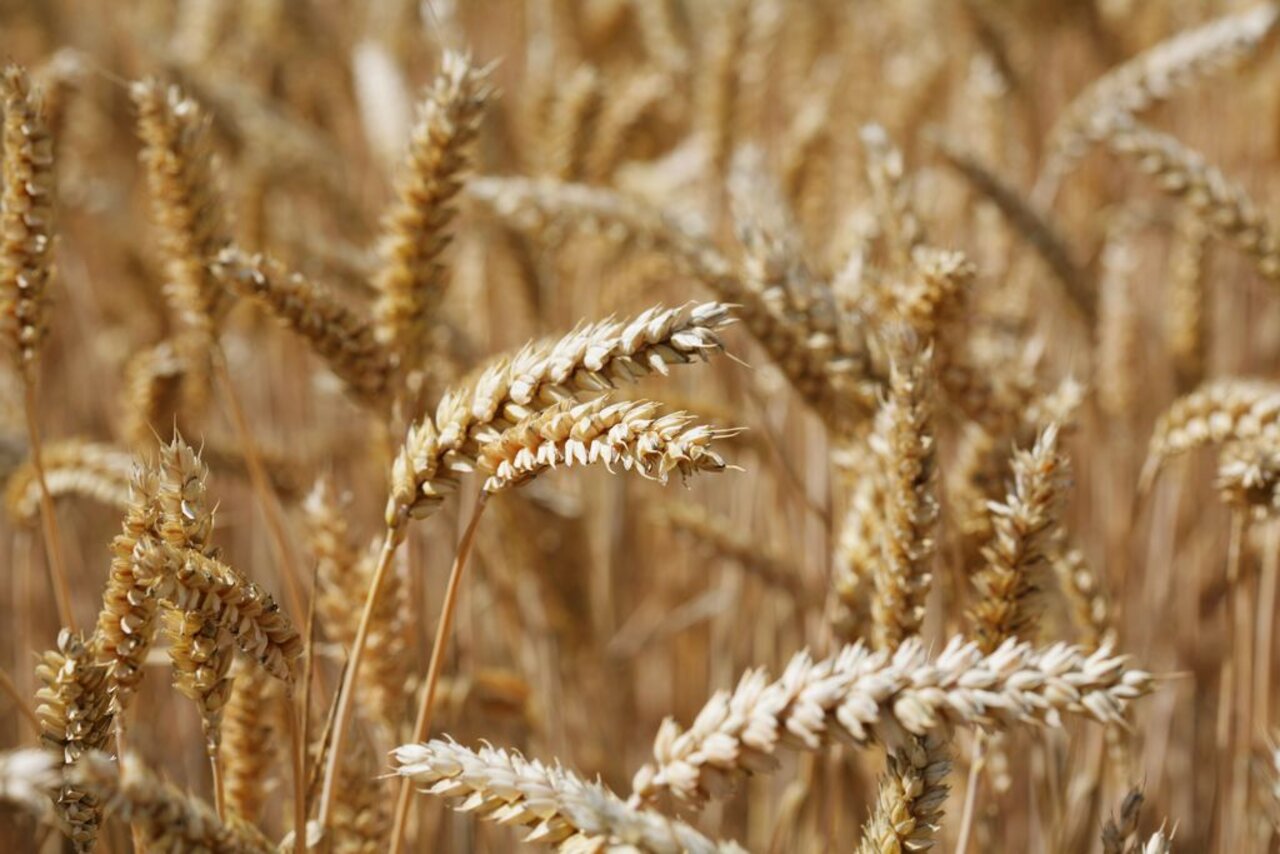Project
Report module Agriculture and Environment in the Total Environmental Economic Accounts

The Environmental-Economic Accounting (UGR) of the Federal Statistics Office (Destatis) is a calculation on the basis of various statistics. It shows the interaction between business and nature. The goal of our project is to calculate the resource requirements for agricultural production, for example, energy use and pollution and CO2 emissions can be calculated, both for all of German agriculture as well as for each production unit, thus, for example, the ´product carbon footprint´ (Greenhouse gas footprint of products) in kg CO2 emissions per kg product.
Background and Objective
The diverse pollution impacts of business are coming more into the focus of the public and political decision-makers. Thus, for example, the discussions on climate change and water protection lead, on the one hand, to a rising consciousness and, on the other hand, to political activity. For many environmental questions, there are national and international laws and treaties with obligatory goal agreements. In light of the diminishing natural basis, the question emerges of how much resource consumption and emission the production, for example of food stuffs, causes and which consequences our consumption habits have. In order to evaluate this, eco balancing methods are applied.
The project results shall provide detailed information on pollution by agricultural production and the production of agricultural products and, for example, illustrate important emission paths.
Approach
In this project we describe the material flows from the environment into the agricultural sector , and from agricultural sector into the environment, or rather in the further processing of the food branch. This is communicated in standards tables. They provide agricultural activity to 46 different production processes like, for example, wheat cropping and dairy cattle husbandry. Here not just the physical mass is presented but also the monetary value in evaluated.
Data and Methods
Agricultural sector statistics – on the number of farm animals kept, the harvest yields of cereals, including the advance payments – for example commercial fertilizer purchases – provide the most important information to describe the entire German agriculture sector in a table. In further calculation steps the total resource requirements of the agricultural sector can be attributed to the individual end products – cereals, milk, meat.
Results
In this project, financed by Destatis and currently being continued in the context of a cooperative agreement, two project reports with method descriptions and a volume of tables with results for the Reporting Years 1991, 1995, 1999, 2003, 2007 and 2010 (Link to the reports can be found on the Destatis Internet site). A total of 24 tables provide information for 46 agricultural processes on the ecological and socio economic parameters. Included here are production values, labor investment, physical units, for example area use, nitrogen input and energy consumption – and complex variables like the intensity of areas use and selected areas use as well as selected statistics on product pollution, for example kg CO2 emissions per kg milk. A look at the time rows shows the development from the years 1991 to 2010.
The results are very similar to the frequently published eco-balances of food stuffs. However we could for the first time provide national averages for product pollution which are consistent with the statistical framework data for Germany.
Thünen-Contact

Involved Thünen-Partners
Duration
1.2010 - 12.2020
More Information
Project status:
finished

![[Translate to English:] [Translate to English:]](/media/_processed_/3/e/csm_AdobeStock_249730128_92f14d3a63.jpeg)
![[Translate to English:] [Translate to English:]](/media/_processed_/3/e/csm_AdobeStock_249730128_a6fcf4c893.jpeg)





